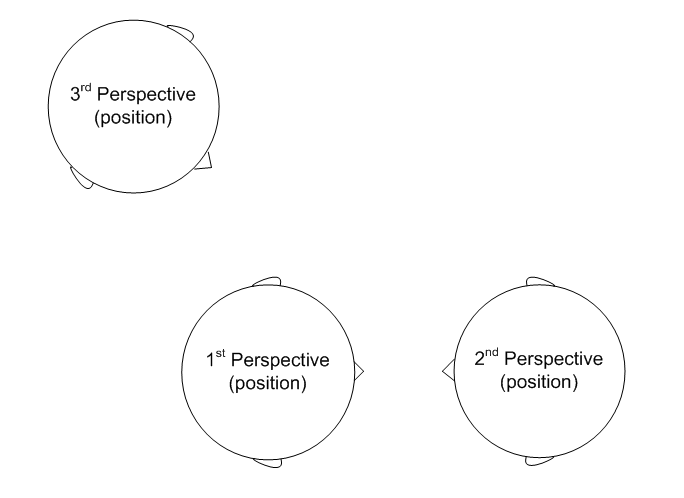Every frustration you experience on an IT, Telecom, or Engineering project will either be a communication that didn’t get across right, a goal or task that didn’t get completed according to plan, or an expectation that you didn’t manage and so didn’t get set correctly.

Negative experiences come from a few key areas
Communication requires all the people to come to a shared understanding. Do you know how to make certain you both understand the same thing? Questions.
Tasks and deliverables are the goals that drive a project plan forward. Do you know how to know in advance whether you are on plan or not? Questions.
Expectations are the mental projections that accidentally occur when different parties think they understood the same thing but didn’t. Do you know how to make sure that everyone has the same expectations? Questions.
Questions like:
- What specifically…?
- How Specifically…?
- When specifically…?
- Who specifically…?
- For what purpose? or To what end?
- What allows or enables…?
- What is allowed or enabled by…?
- Where specifically?
- Compared to what?
- Every? All? None? Never? Always? Nobody? Everyone?
- What would happen if we did…?
- What would happen if we didn’t…?
- What stops us from…?
- What resources…?
- What is our circle of control?
- What is our circle of influence?
- Is that within our control or outside of it?
- What is the order of importance? time criticality? difficulty?
- Who says?
There is a science and algorithm to asking the right question at the right time in the right order. There is a reason why the “Why?” question is left out of this list. If you would like to learn to be a better team member, learn the algorithm behind questions like these, and you will increase the efficiency of your team 10 fold.
And the nice thing about questions is that if you know how to match the project leader’s temperament you can ask them nicely without having to be the project manager or executive sponsor. Even the newest coder can ask an “innocent” question that can get the team meeting or project back on track.
If you would like to learn more about asking excellent questions check out Genie LaBorde’s book, Influencing With Integrity. It is a classic still worth the read because most leaders still don’t know about it.



